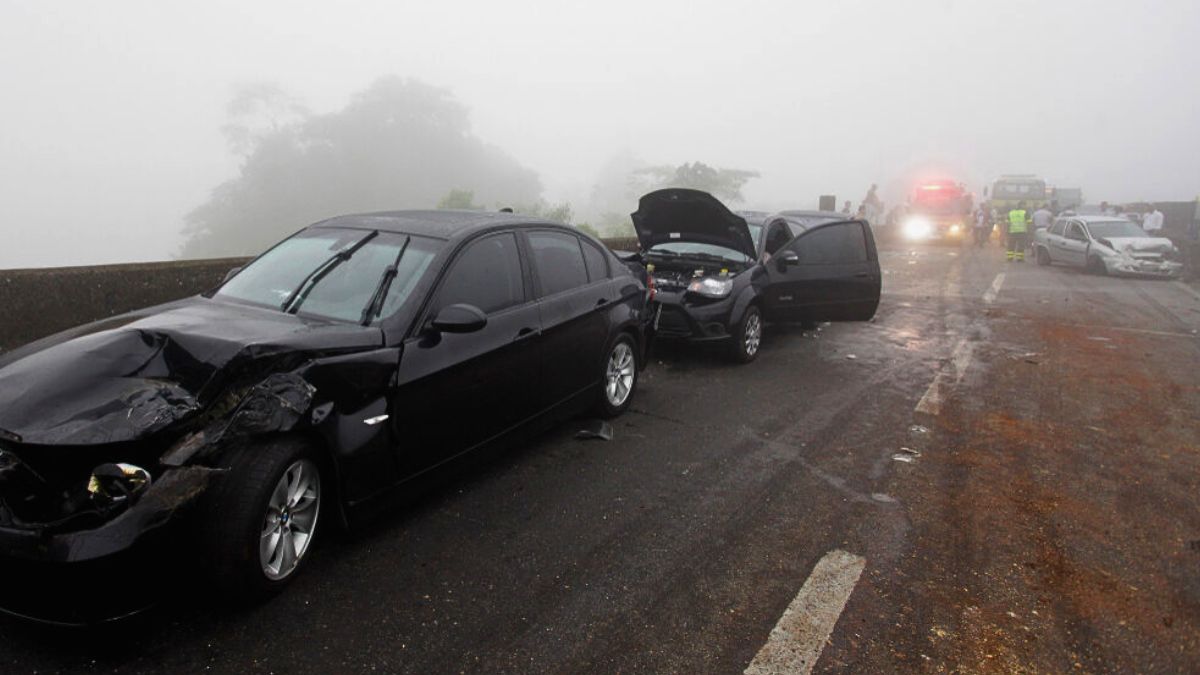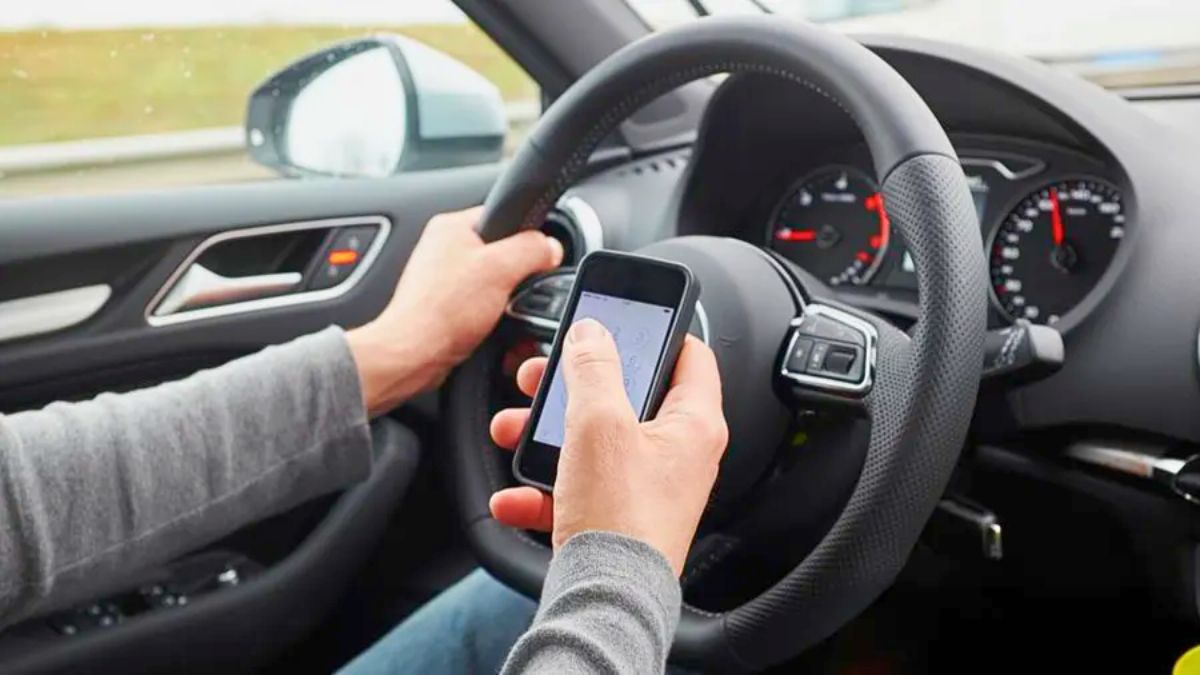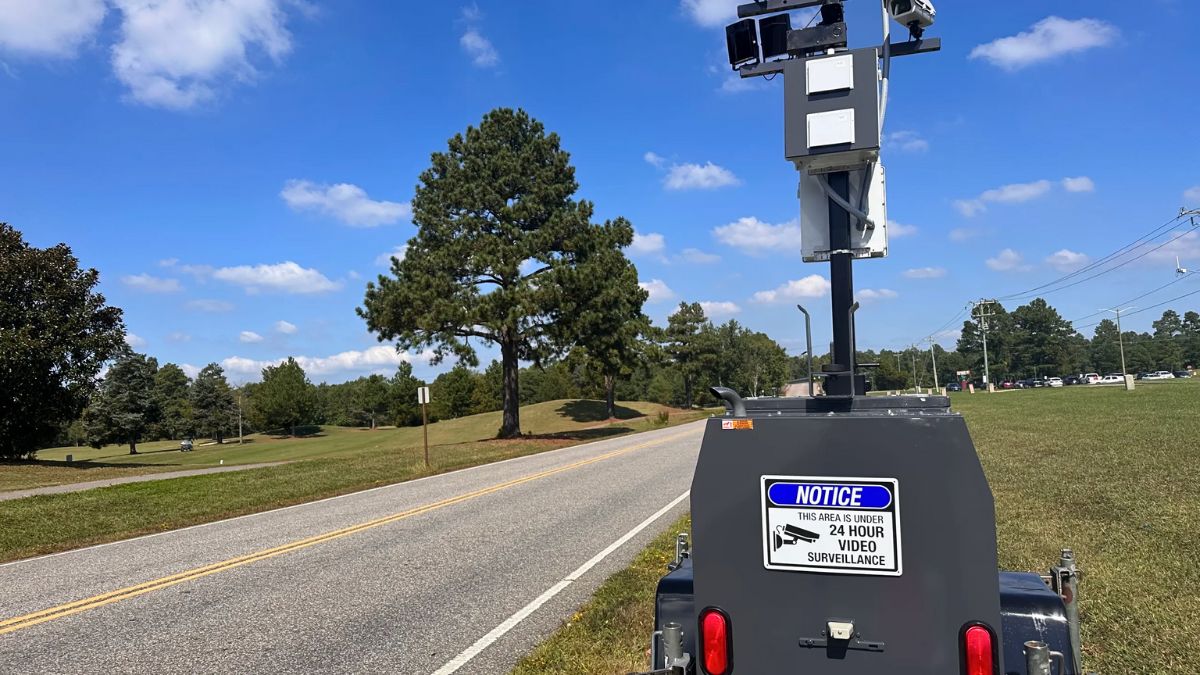Whether you’re commuting to work, avoiding parking headaches, or just trying to get around without a car, public transportation in Virginia can be a real lifesaver—especially in Richmond and Northern Virginia. From buses and trains to local shuttles and commuter rails, there are plenty of affordable, reliable options to choose from. Here’s a breakdown of the best ways to get around both regions.
Richmond
Richmond may be smaller than Northern Virginia, but its public transit is solid and growing. The Greater Richmond Transit Company (GRTC) runs the show, with local buses, express routes, and even a rapid transit line.
Key Richmond Options:
| Transit Type | Name/Service | Highlights |
|---|---|---|
| City Bus | GRTC Local Buses | Frequent, affordable, wide coverage |
| Bus Rapid Transit | GRTC Pulse | Runs along Broad Street corridor |
| Park & Ride | GRTC Express Routes | Suburban routes to downtown |
| Bike + Bus | RVA Bike Racks on Buses | Easy combo for short distances |
- The Pulse is the standout here—think of it as a mini light rail on rubber wheels. It runs east to west across Richmond with limited stops, free Wi-Fi, and fast boarding.
- Fares are affordable at $1.50 per ride, and many routes run every 15–30 minutes.
Northern VA
Northern Virginia has a much more complex—and much more crowded—transit network. Thankfully, it connects well with Washington, D.C., and offers a variety of options depending on where you’re going.
Key Northern VA Transit Options:
| Transit Type | Name/Service | Highlights |
|---|---|---|
| Metro Rail | WMATA Metrorail | D.C.-area subway, 6 lines, wide reach |
| Metro Bus | WMATA Metrobus | Regional bus service |
| Commuter Rail | Virginia Railway Express (VRE) | Long-distance service to D.C. |
| Local Bus | Fairfax Connector, DASH, ART | County-run services with local routes |
| BRT | Metroway (Arlington/Alexandria) | Bus rapid transit corridor |
| Rideshare Hubs | Vanpool, Slug Lines | Carpool programs + informal lines |
- Metrorail is the backbone of regional transit. It can take you from Vienna to downtown D.C. or from Alexandria to Silver Spring.
- VRE is ideal for commuters traveling from Fredericksburg or Manassas into the city—it’s comfortable, fast, and offers Wi-Fi.
- Most local buses offer real-time tracking, and many accept SmarTrip cards, the region’s all-in-one transit payment method.
Apps
Want to make your ride smoother? These apps are essential:
- Transit App – Real-time updates for buses and trains
- Moovit – Trip planning across all major systems
- GRTC Mobile Pass – Buy and store tickets in Richmond
- WMATA’s DC Metro & Bus App – Best for Metro users
- VRE Mobile – For Virginia Railway Express riders
These tools help you avoid long waits and missed transfers.
Tips
- SmarTrip Cards are accepted across Metro, Metrobus, VRE, and many local bus systems in Northern VA.
- Bike racks are available on most Richmond and Northern VA buses—great for hybrid commuting.
- Park & Ride lots are everywhere—perfect if you live farther out but still want to ride in.
- Fares vary, so check before boarding. WMATA starts at $2.00, GRTC at $1.50, and VRE varies by distance.
Whether you’re in bustling Northern Virginia or laid-back Richmond, public transit can save you time, money, and stress. With multiple services, reliable apps, and commuter-friendly features, getting around without a car is more doable than ever.
FAQs
What’s the main transit system in Richmond?
GRTC handles buses, including the Pulse rapid transit line.
Does Northern VA have subway service?
Yes, the Metrorail connects Northern VA with D.C.
Is there commuter rail in Virginia?
Yes, Virginia Railway Express (VRE) serves long-distance riders.
Can I use one card for all systems?
SmarTrip cards work on Metro, buses, and some local services.
Are mobile apps useful for Virginia transit?
Absolutely—apps like Transit and Moovit simplify trip planning.

















